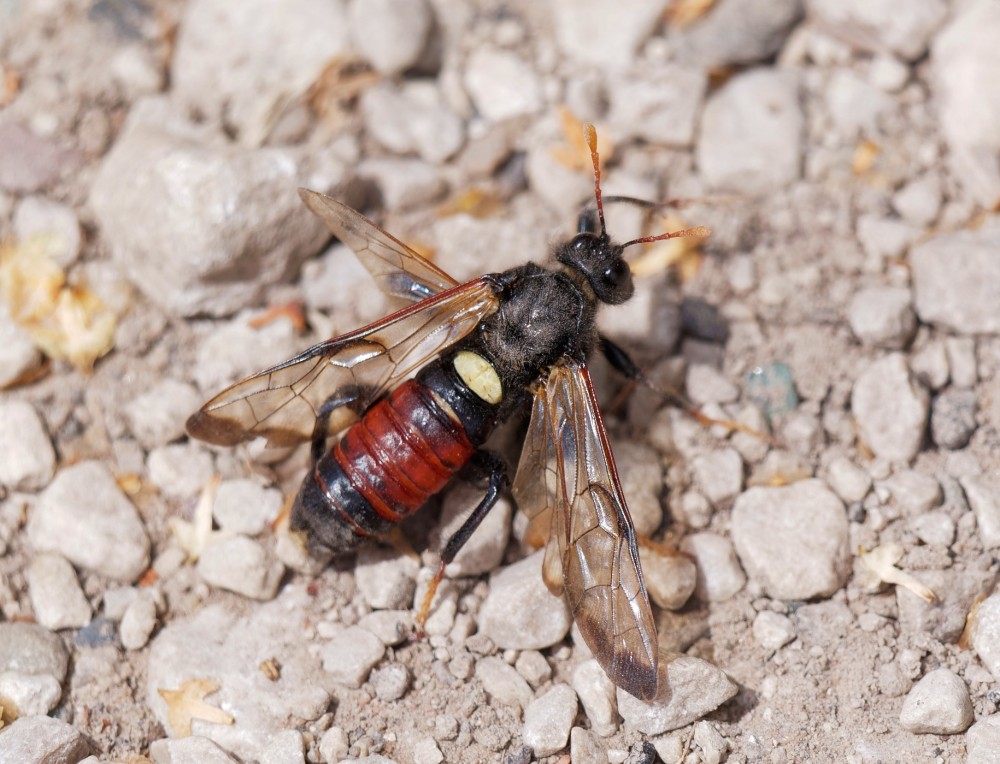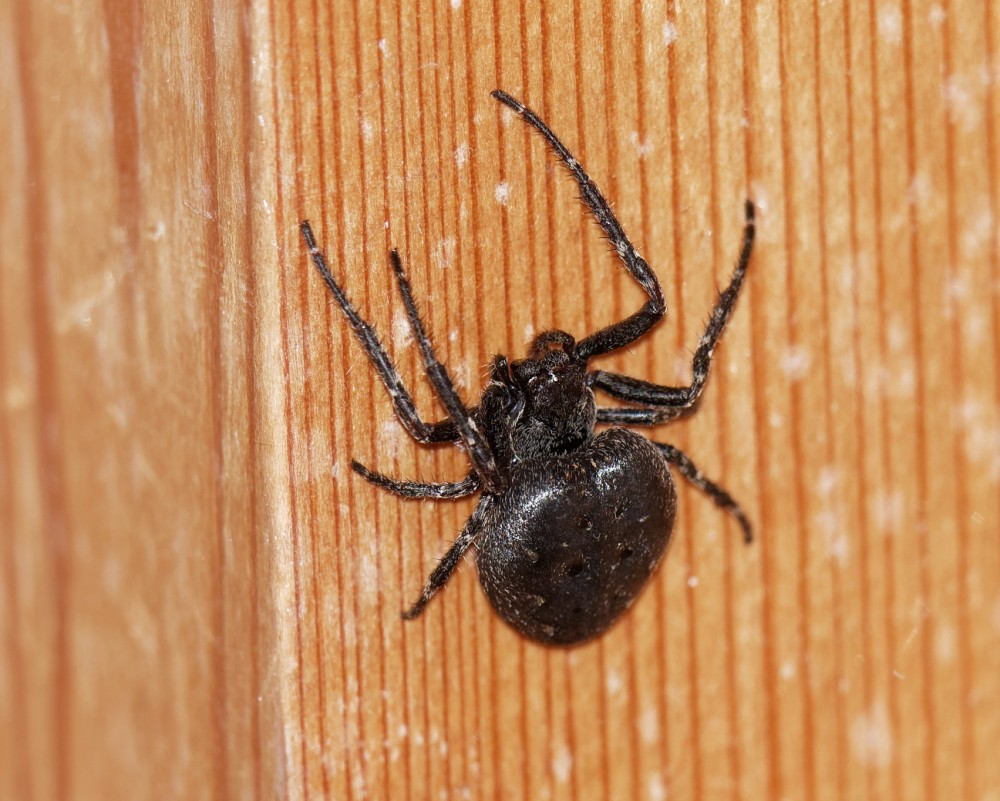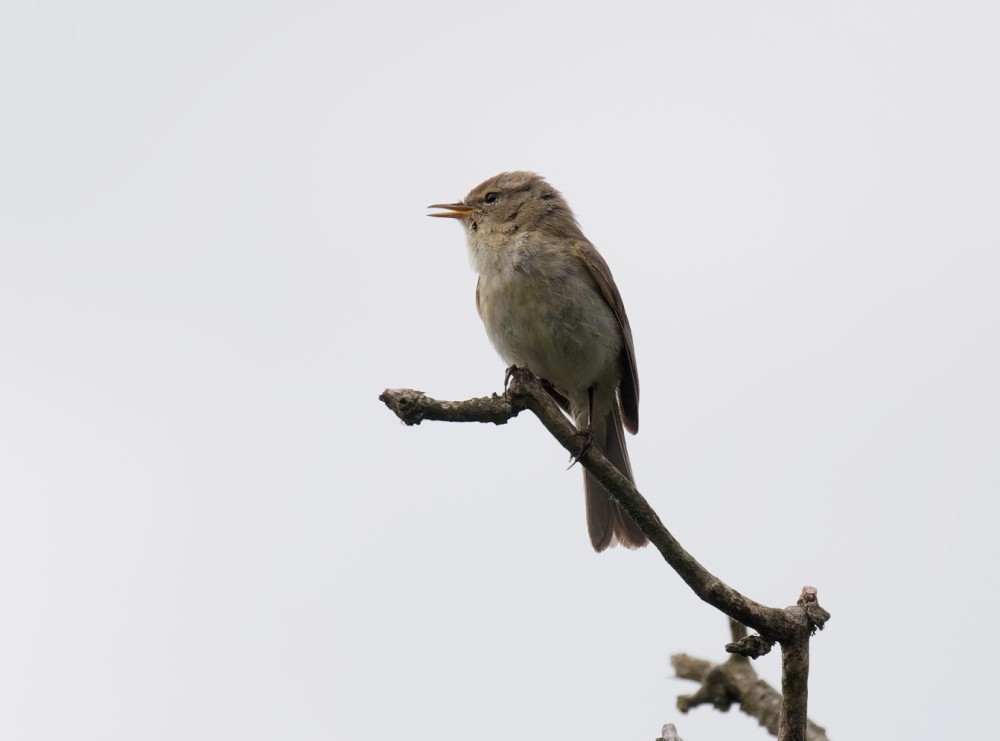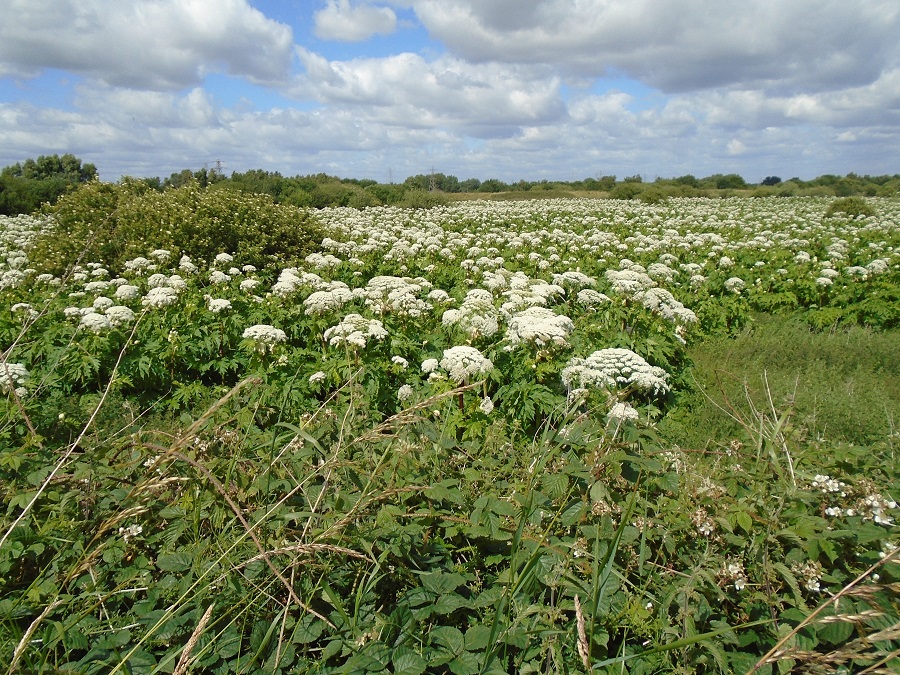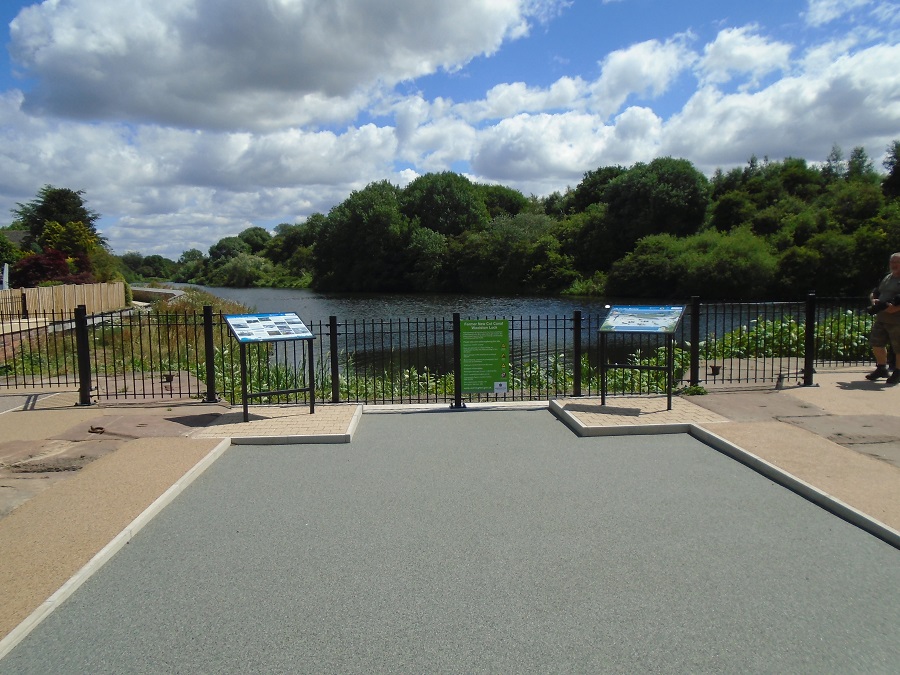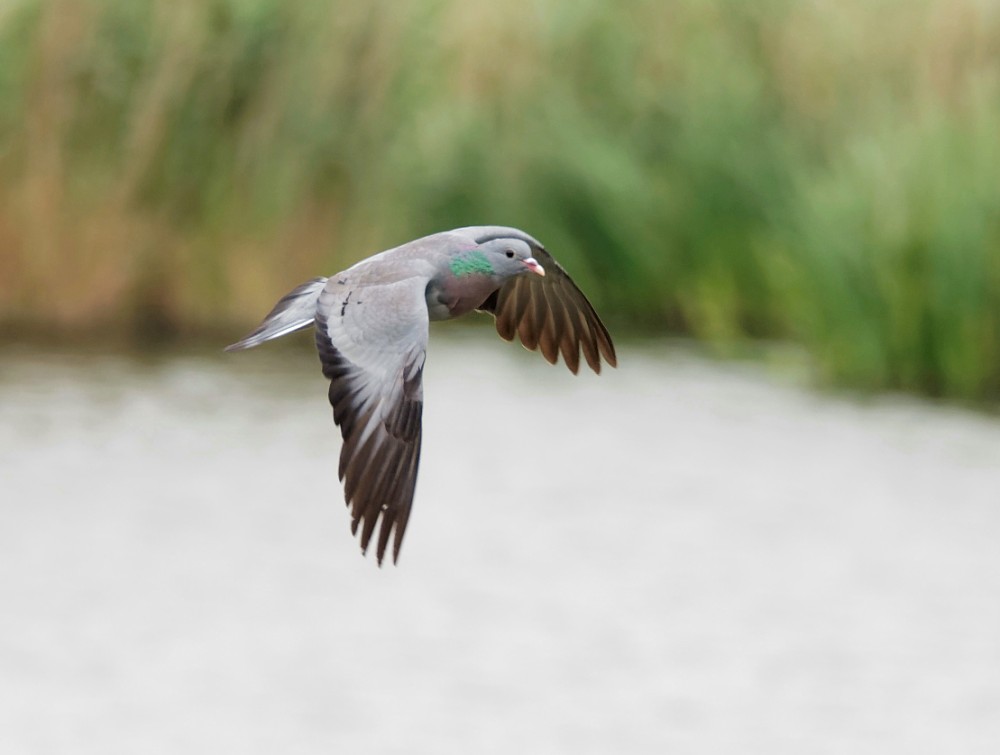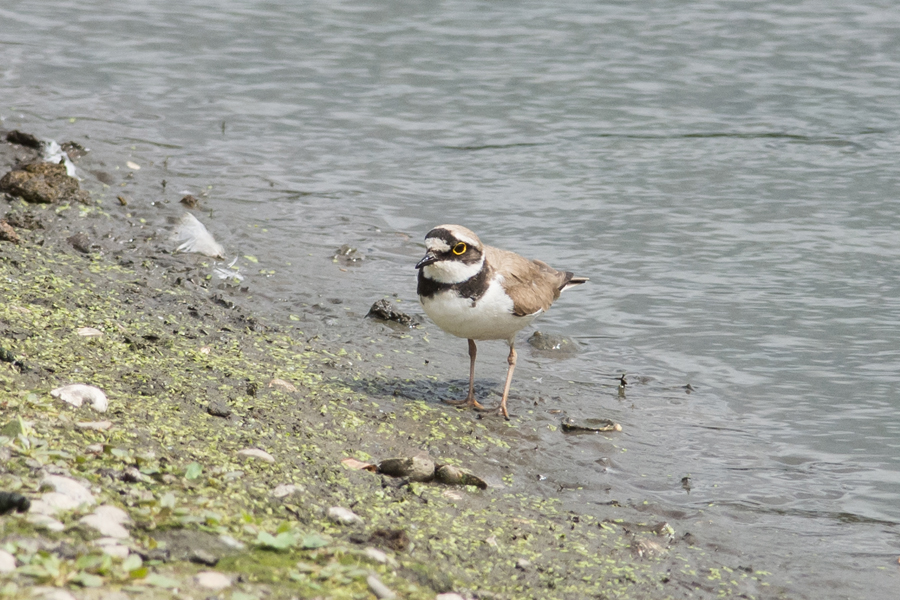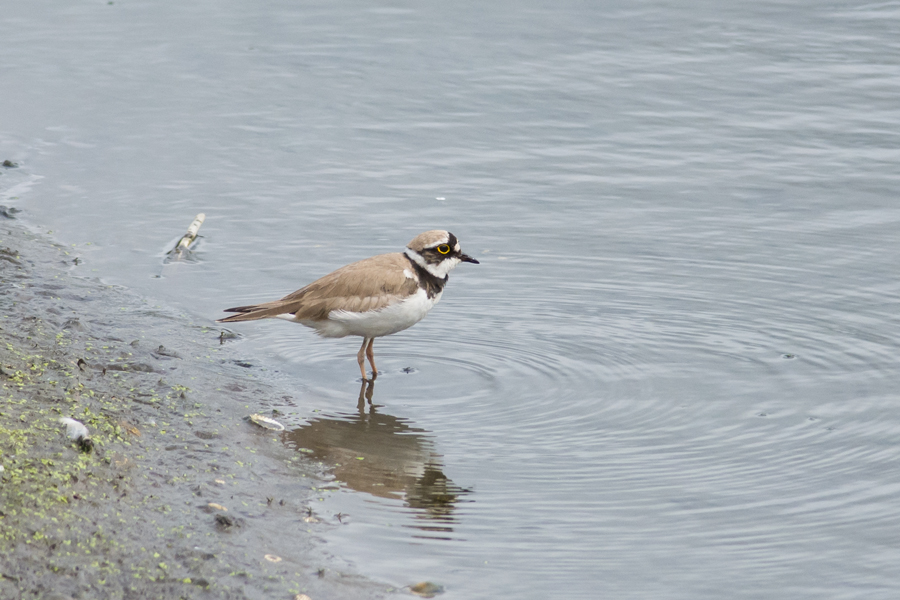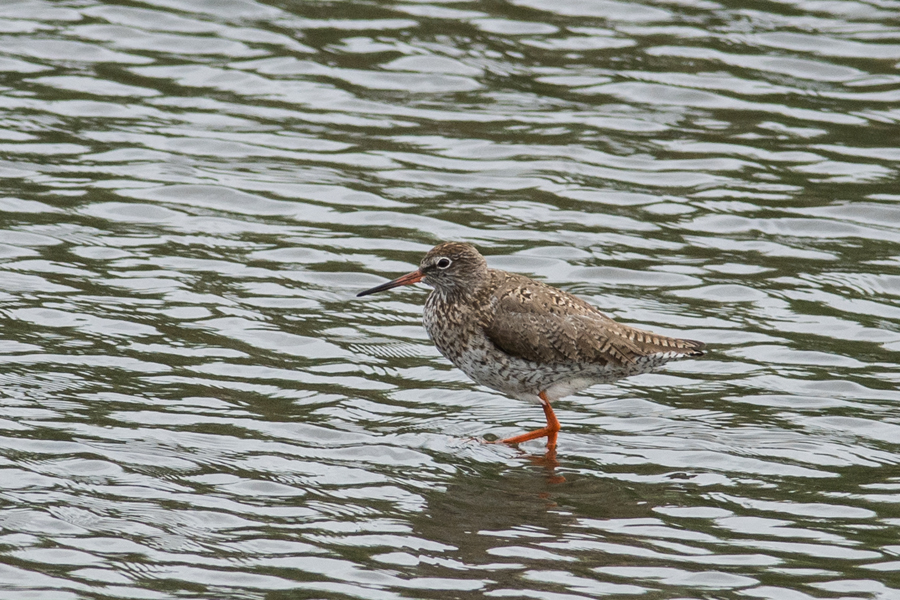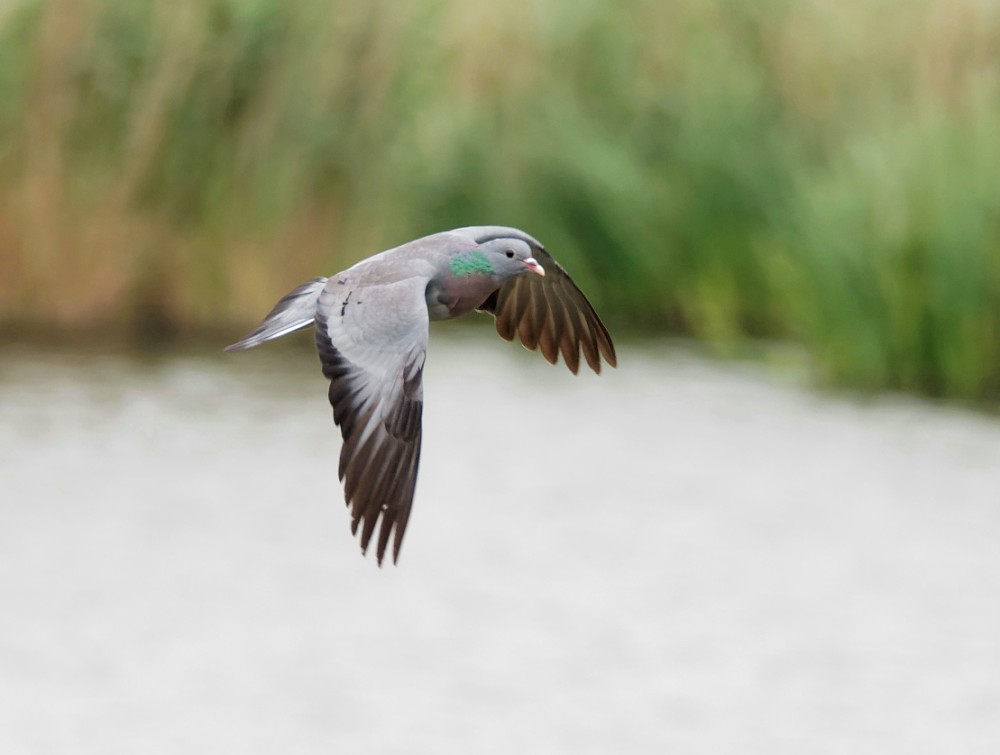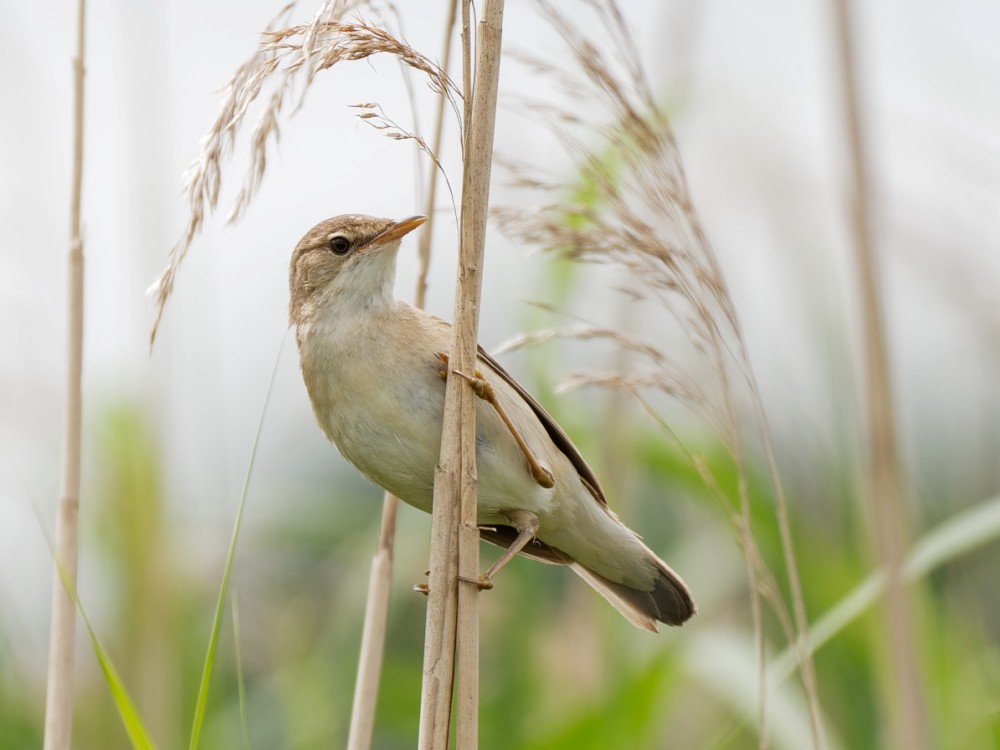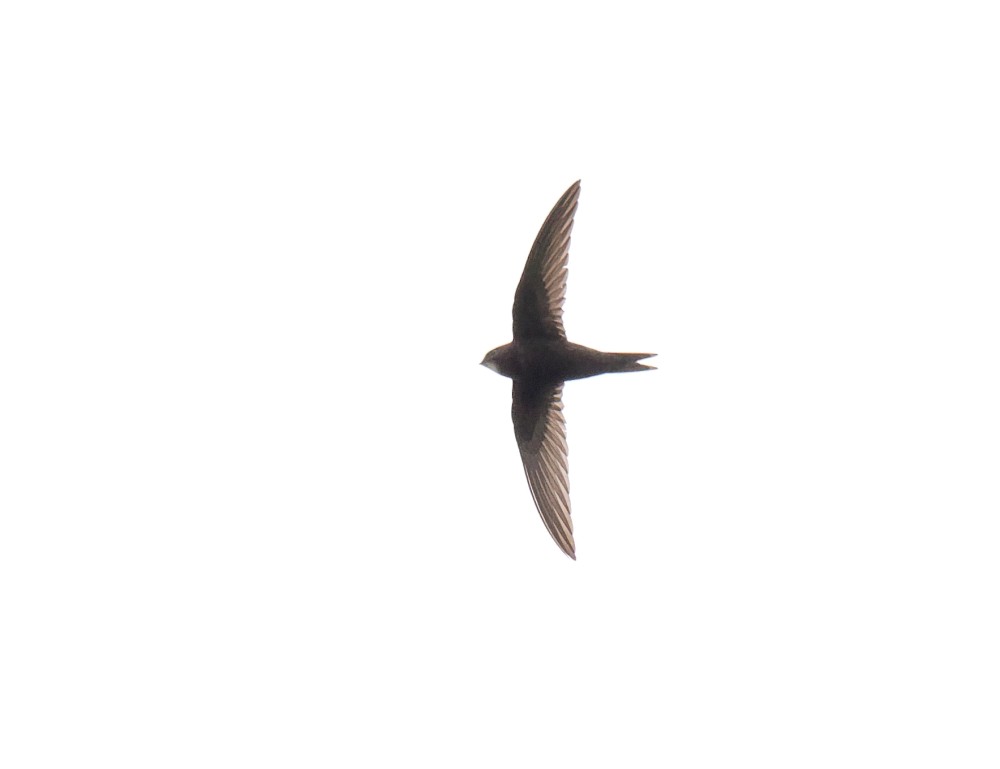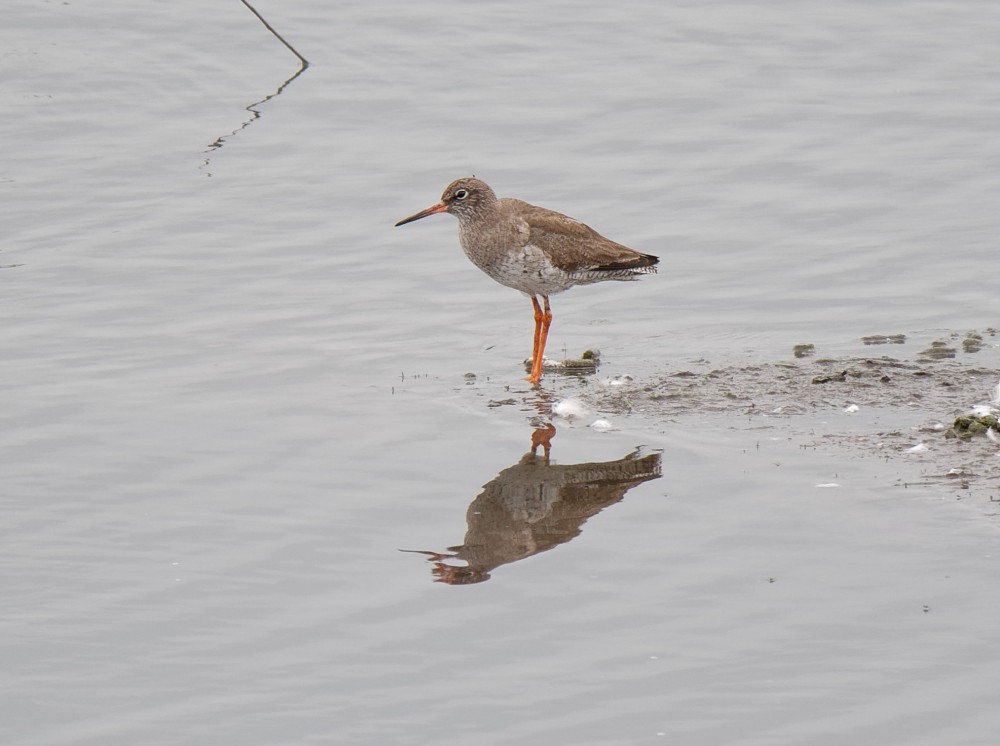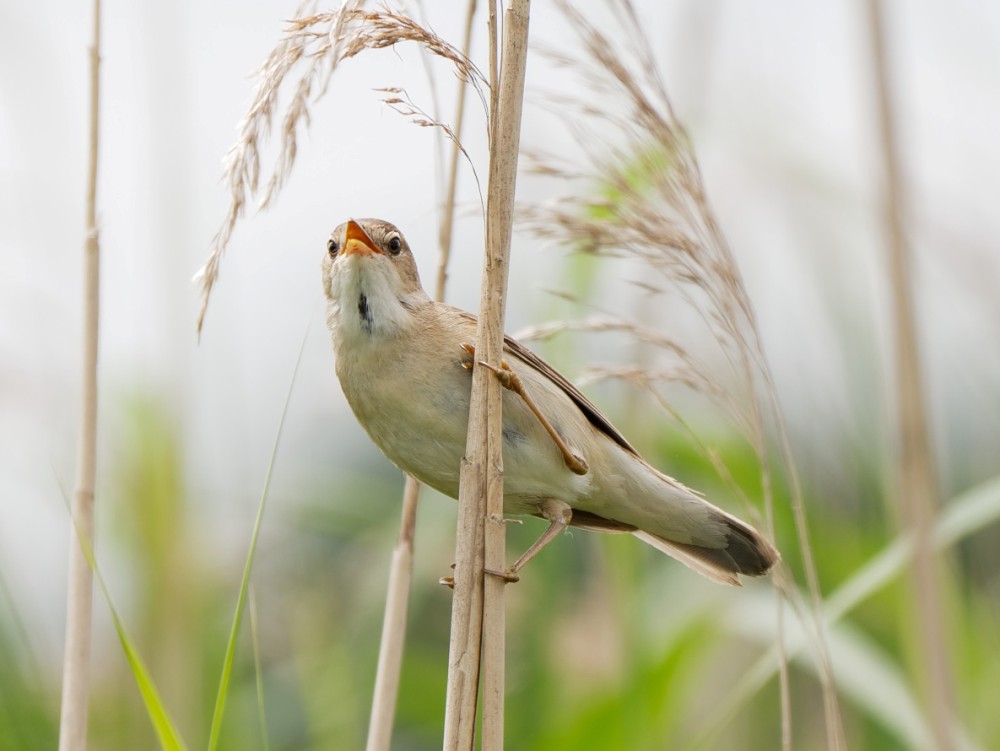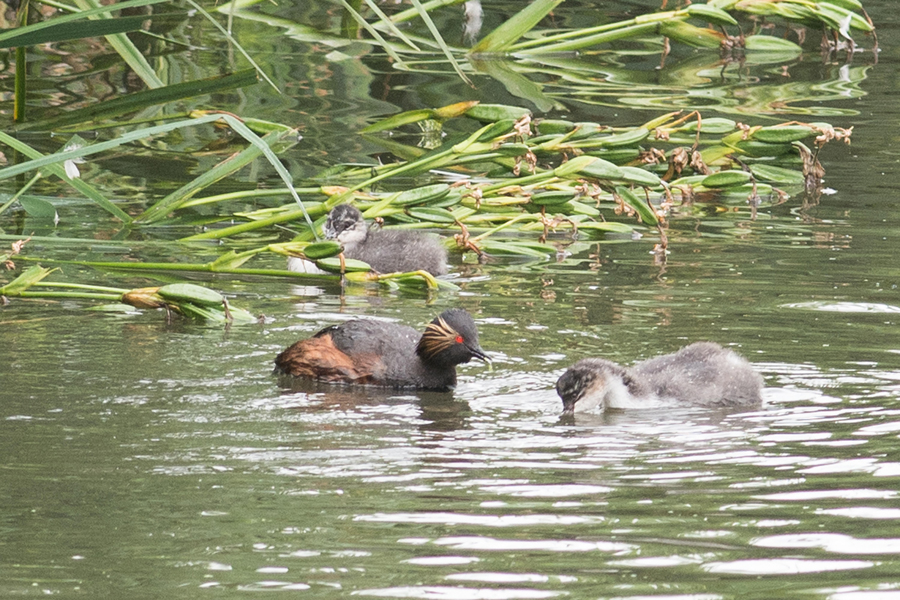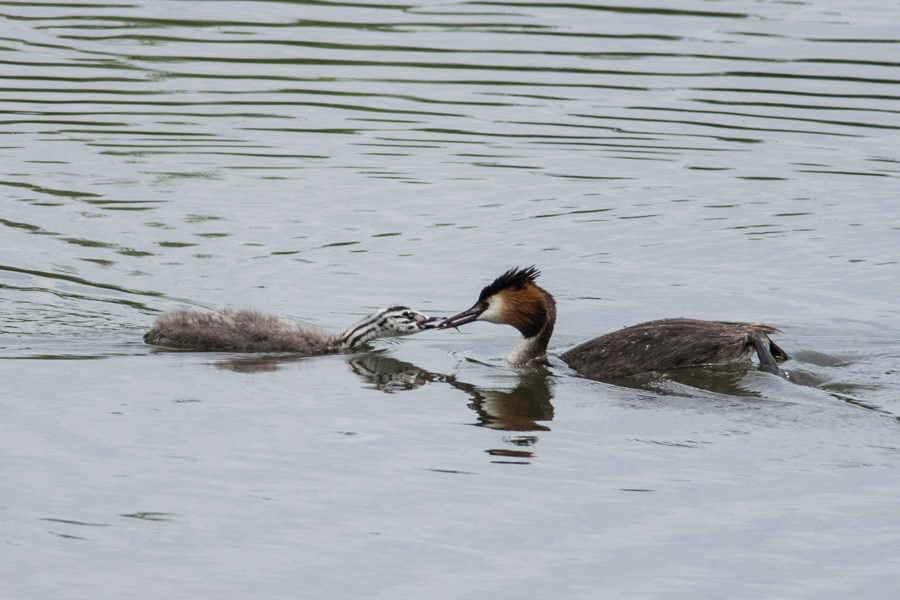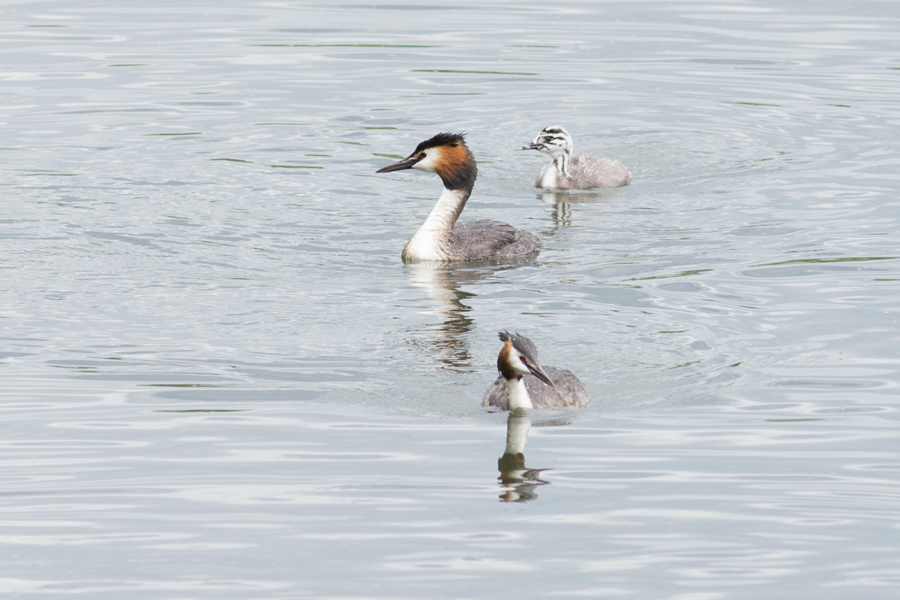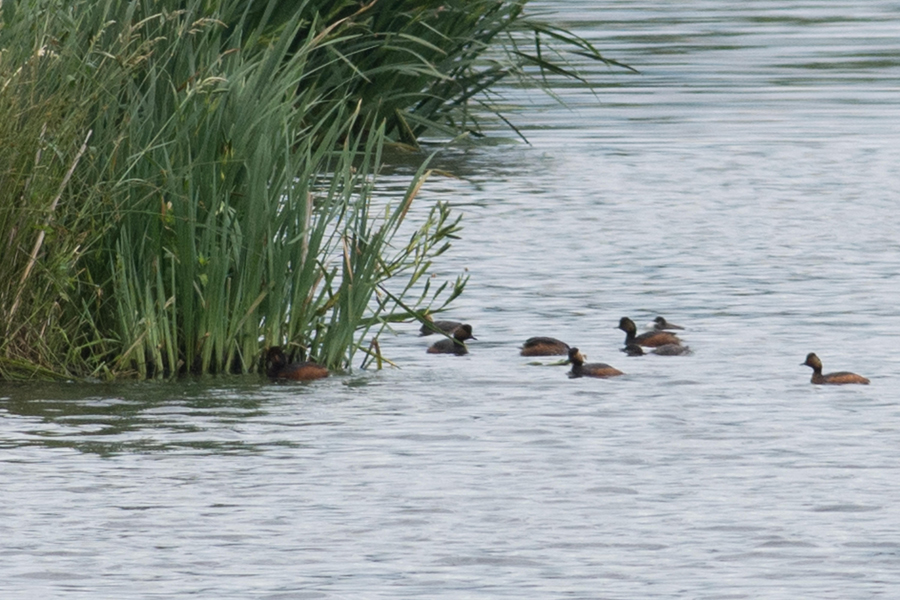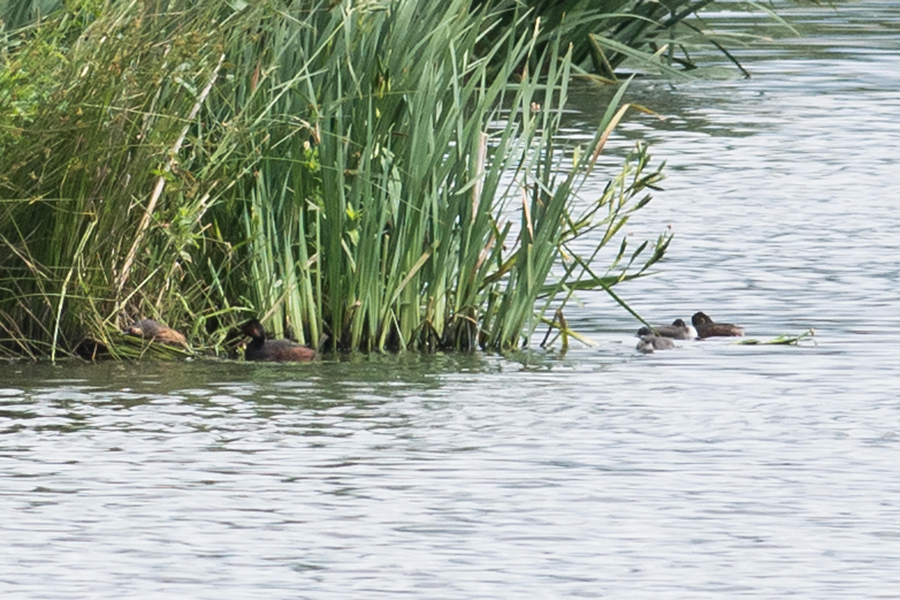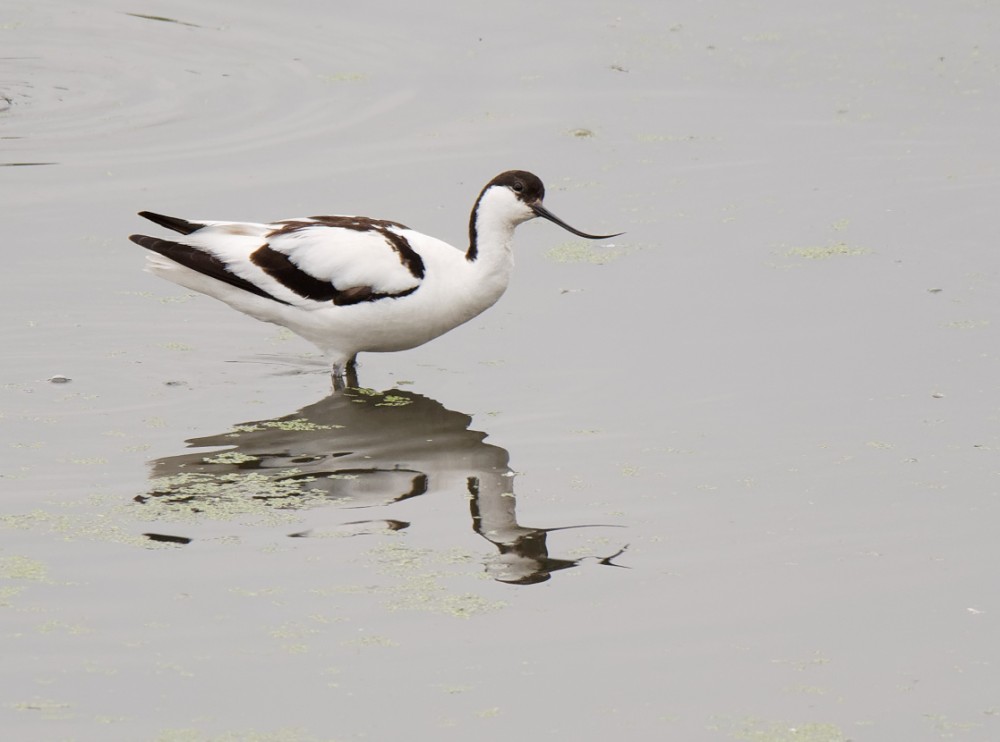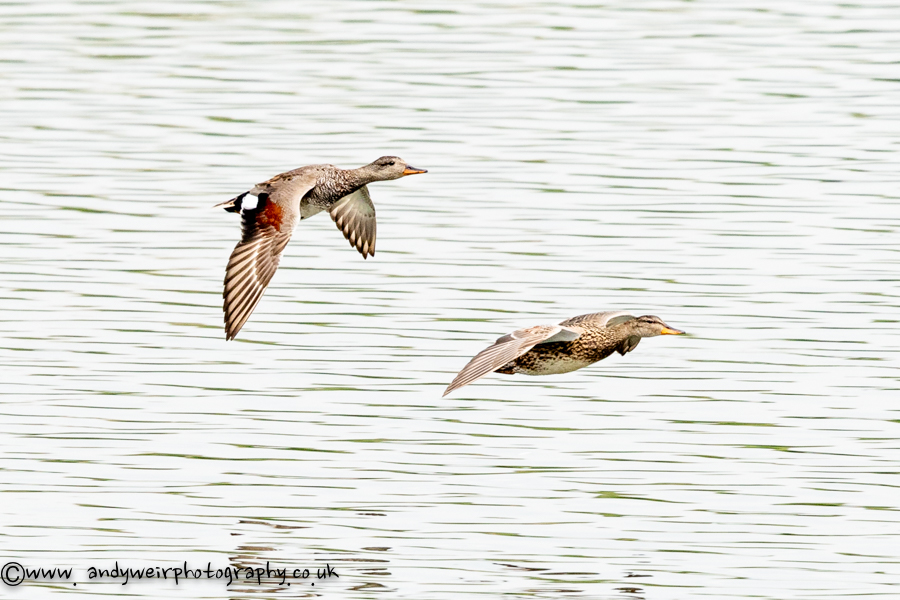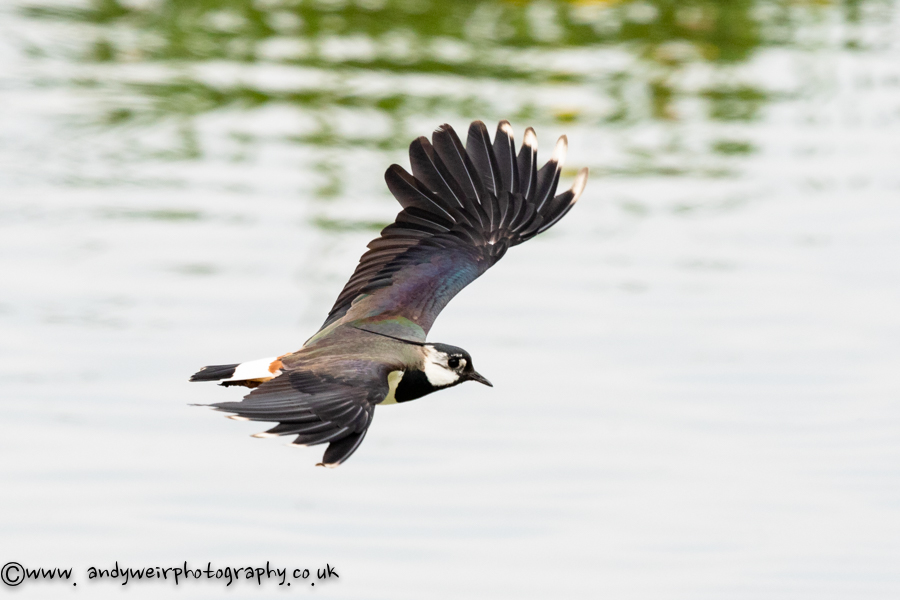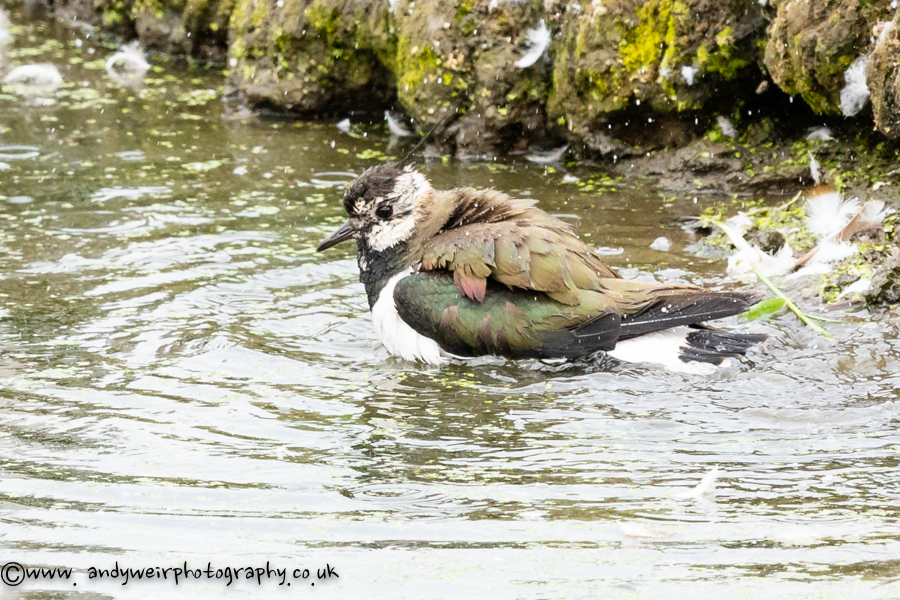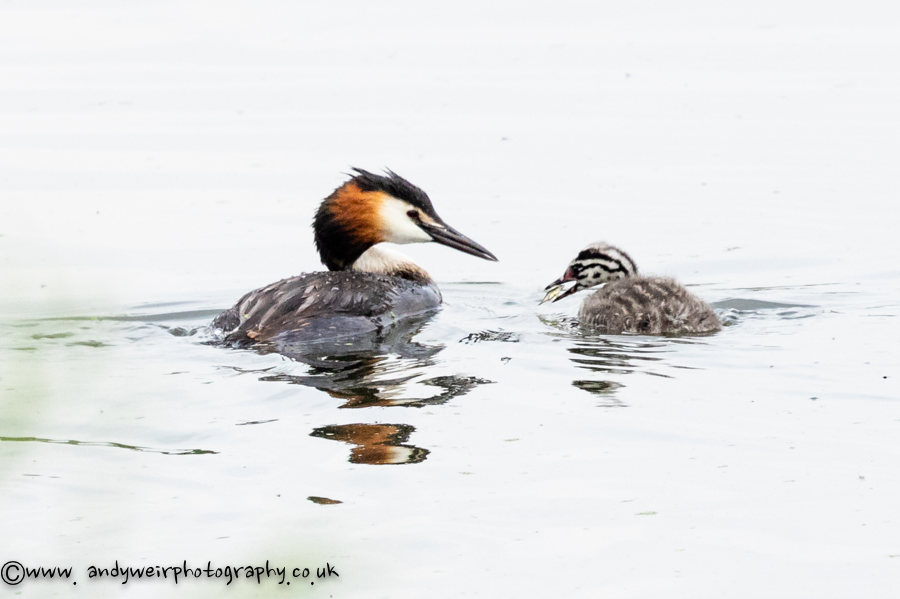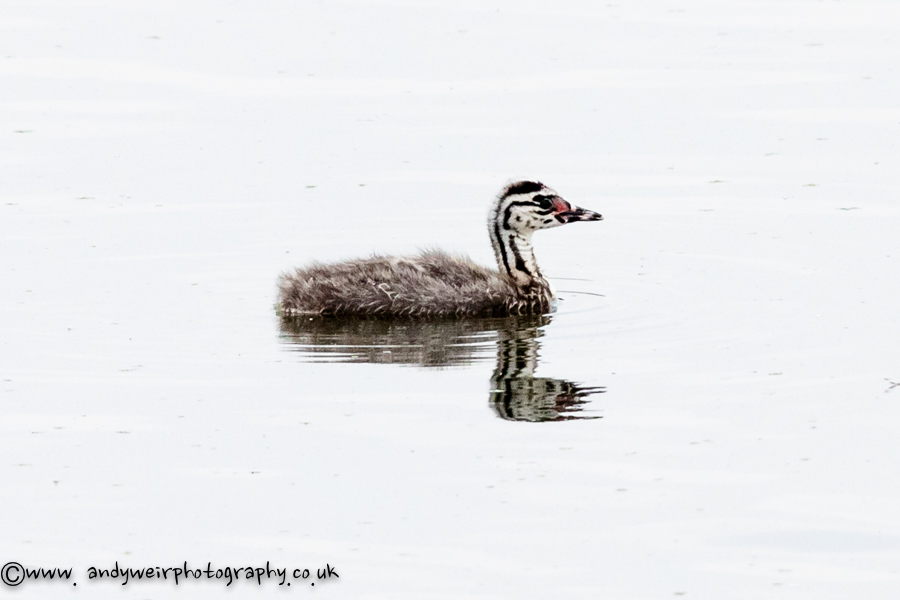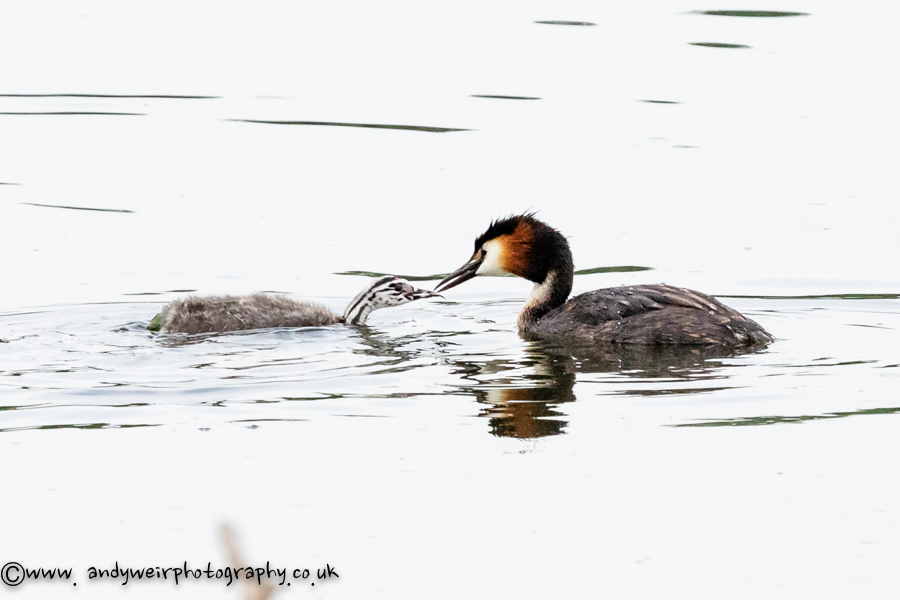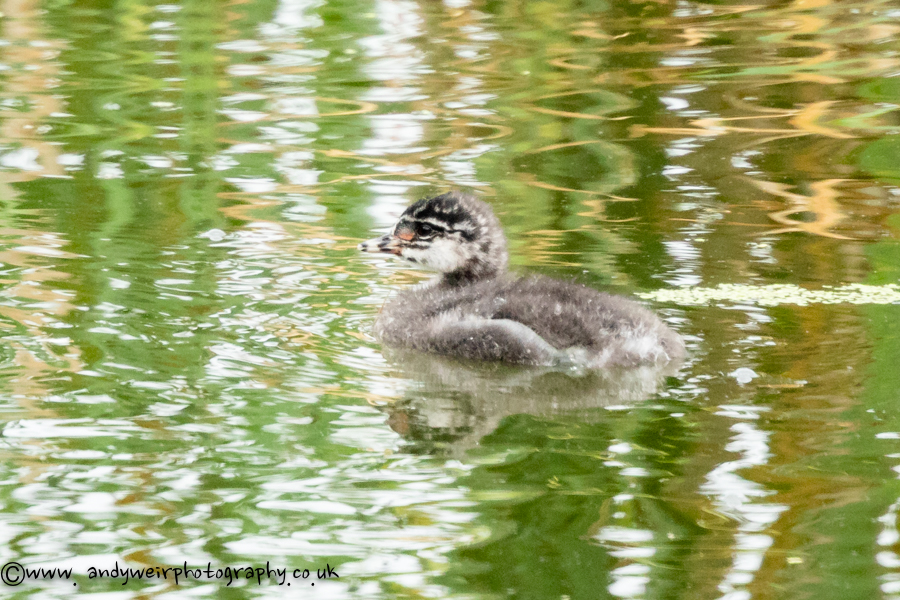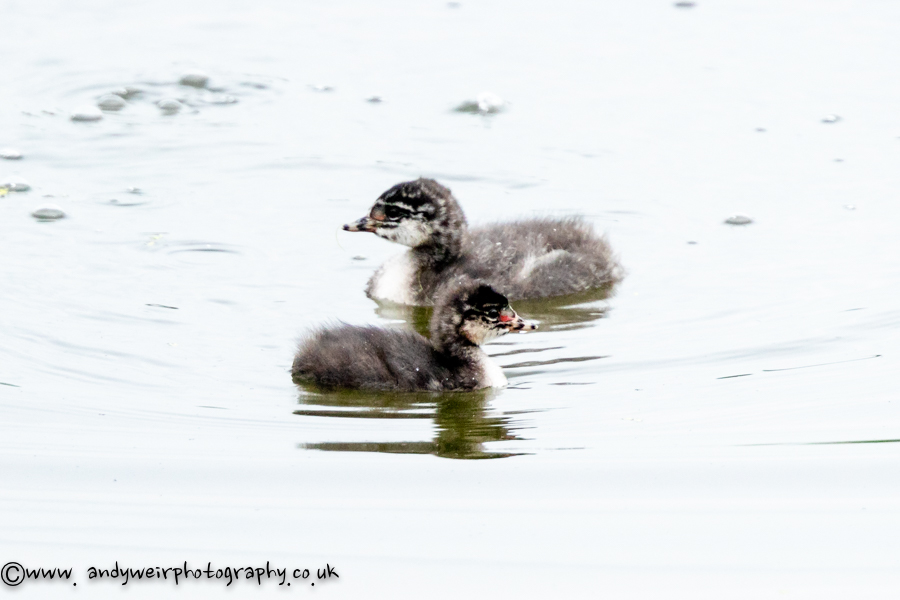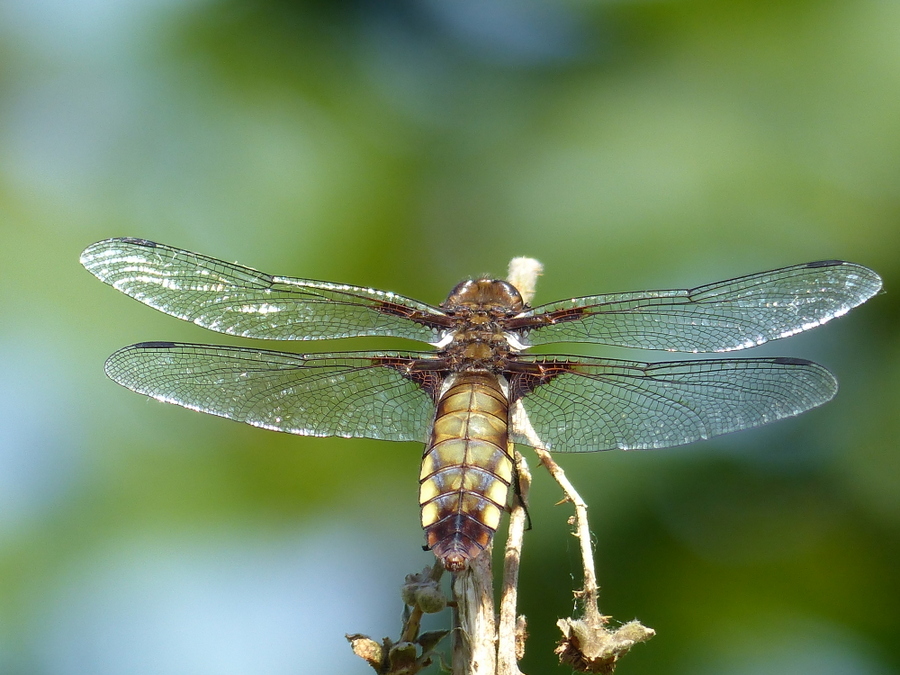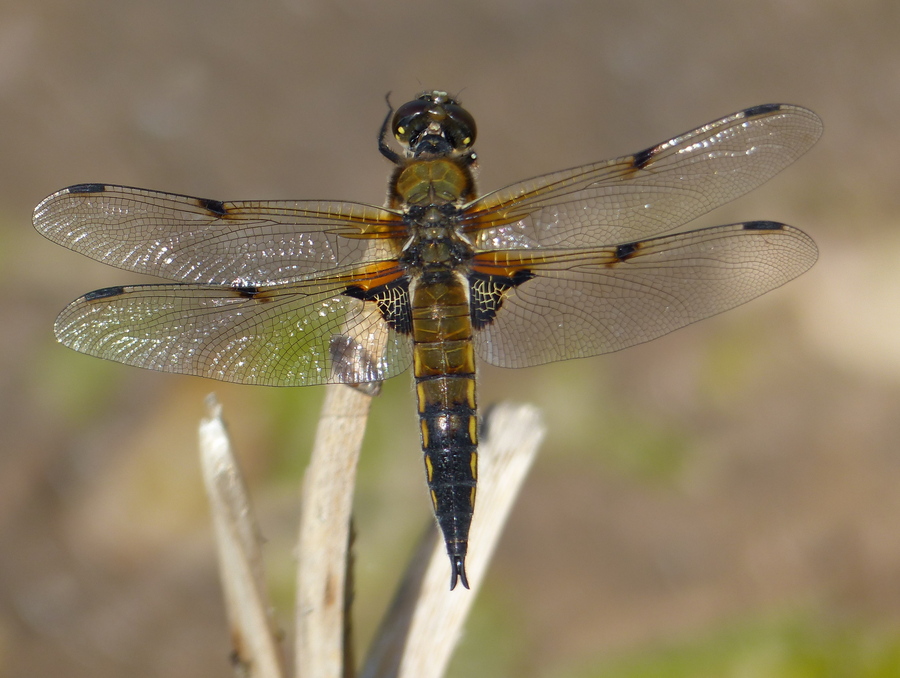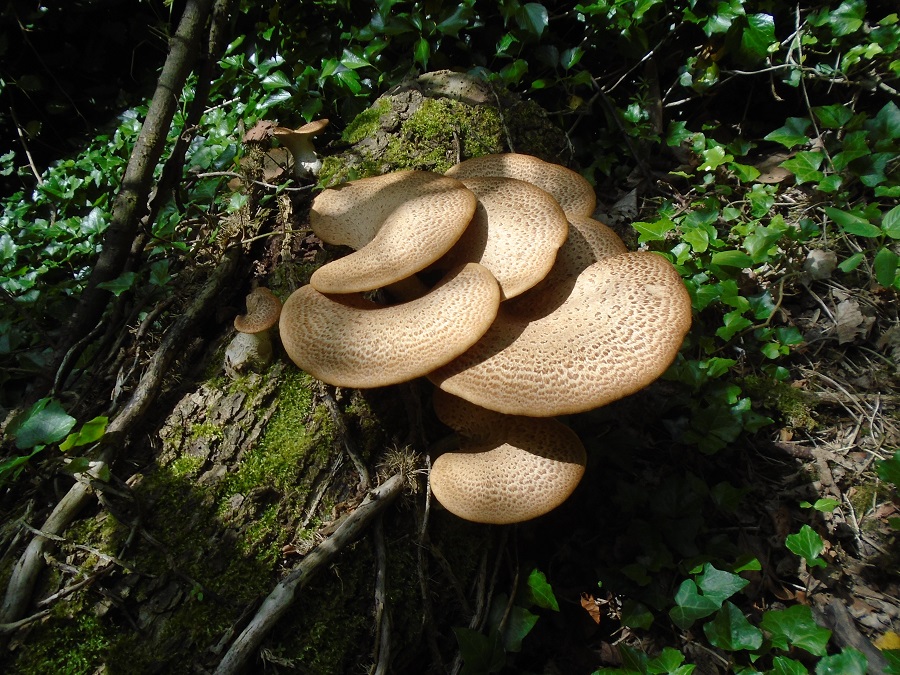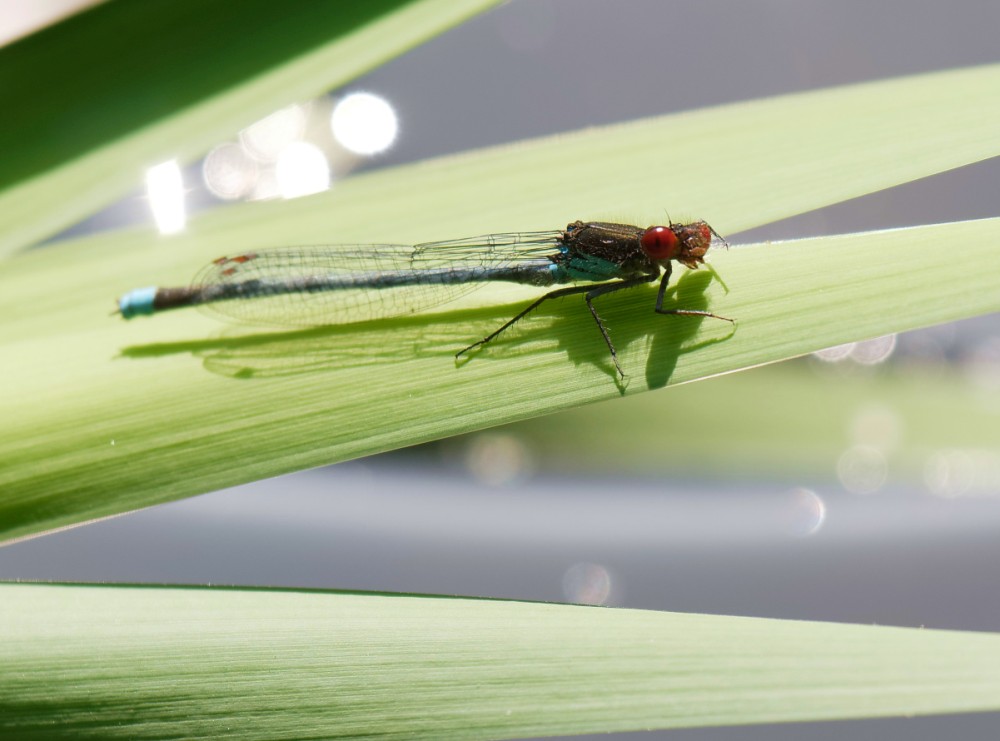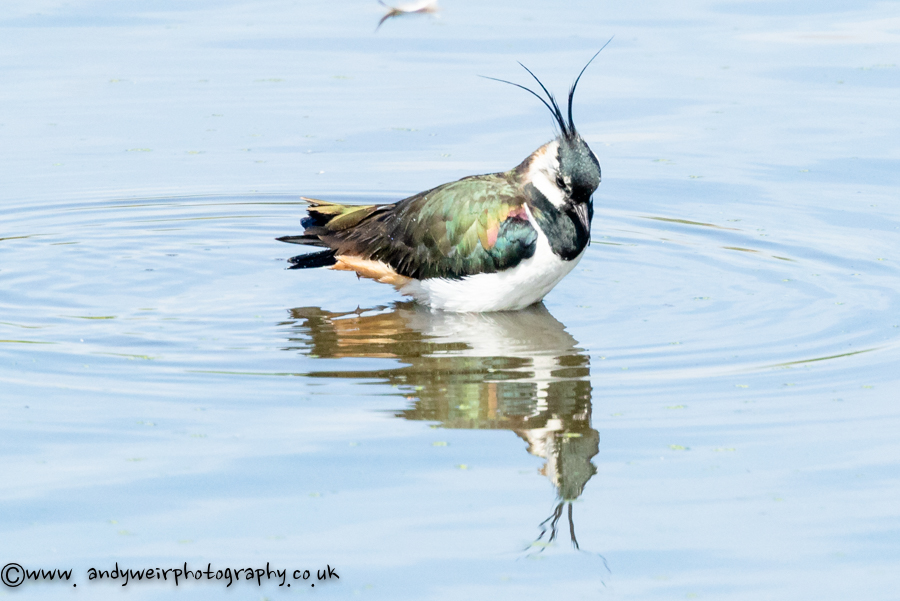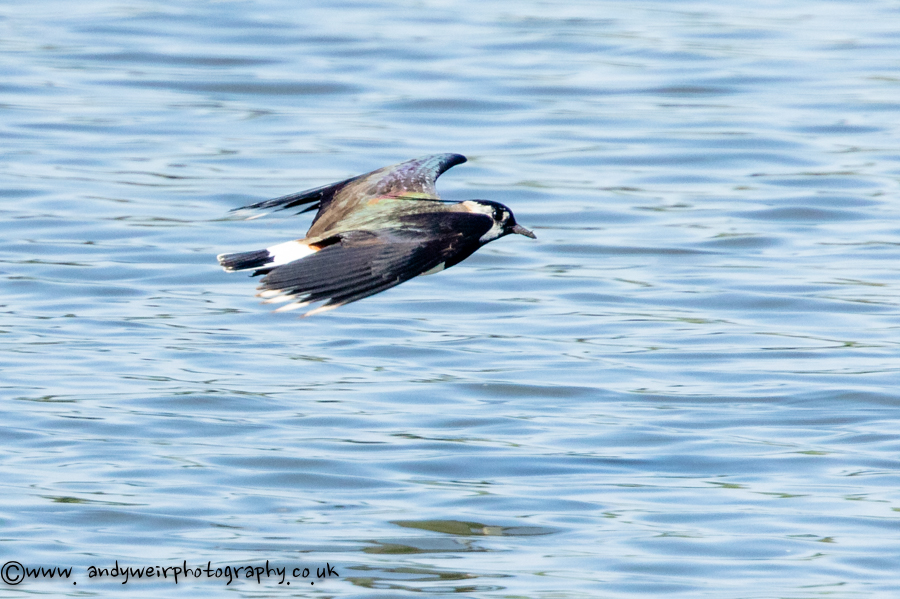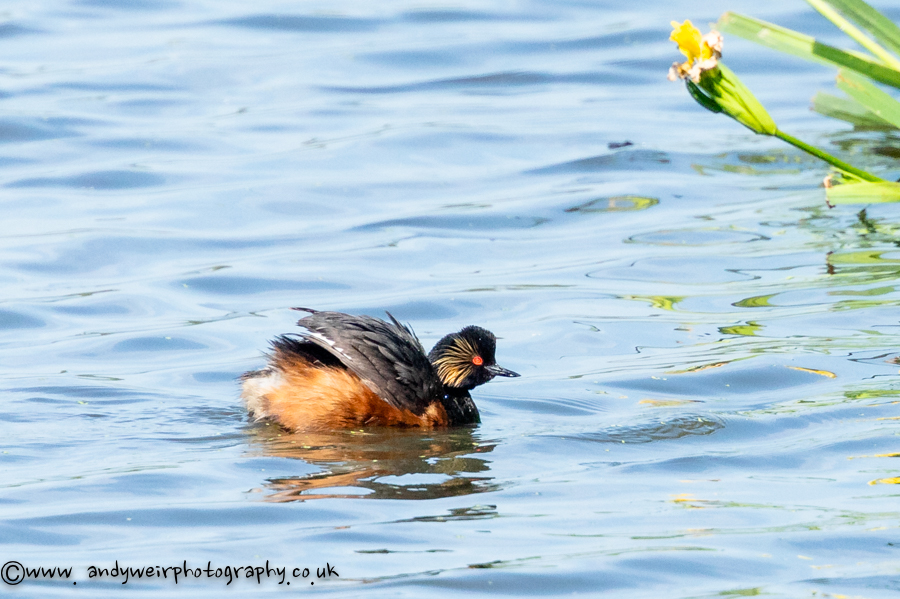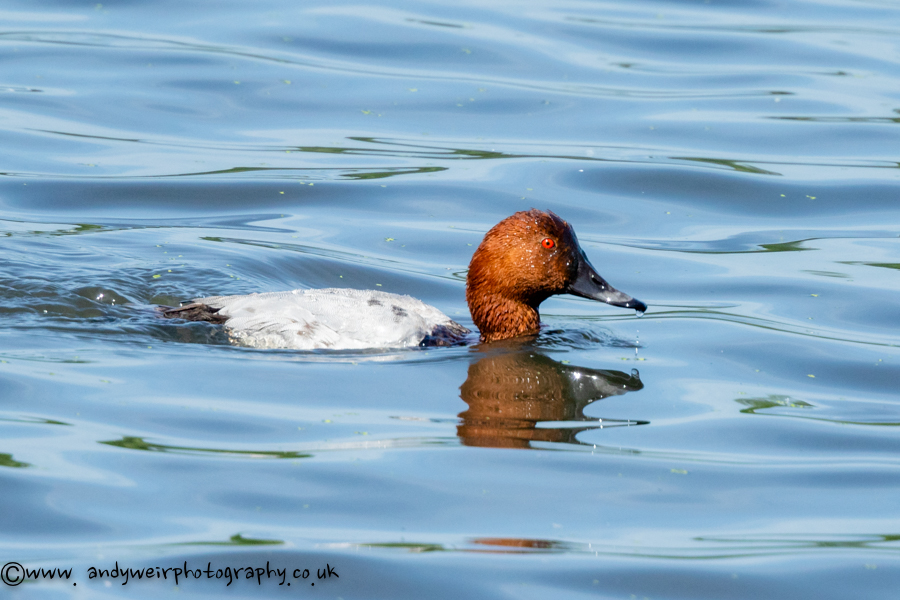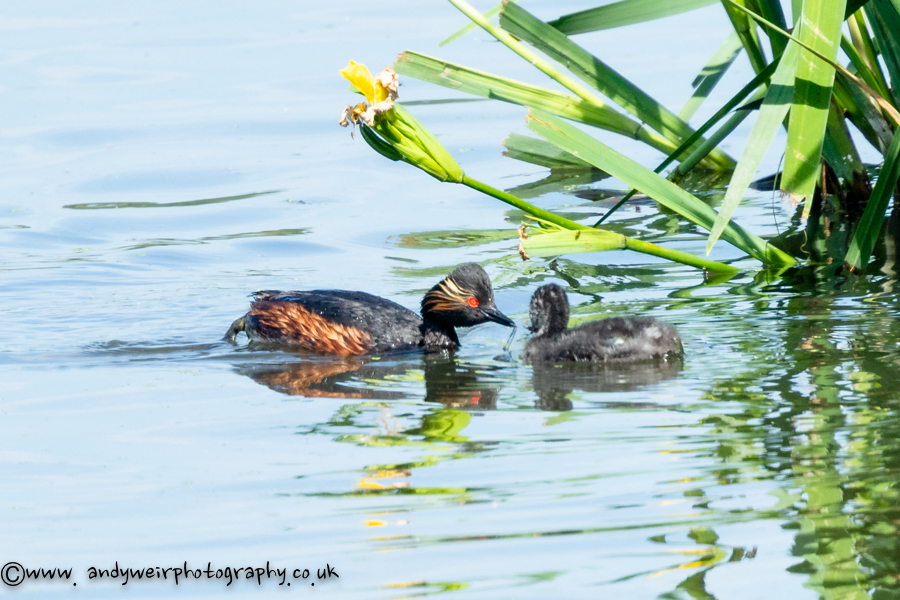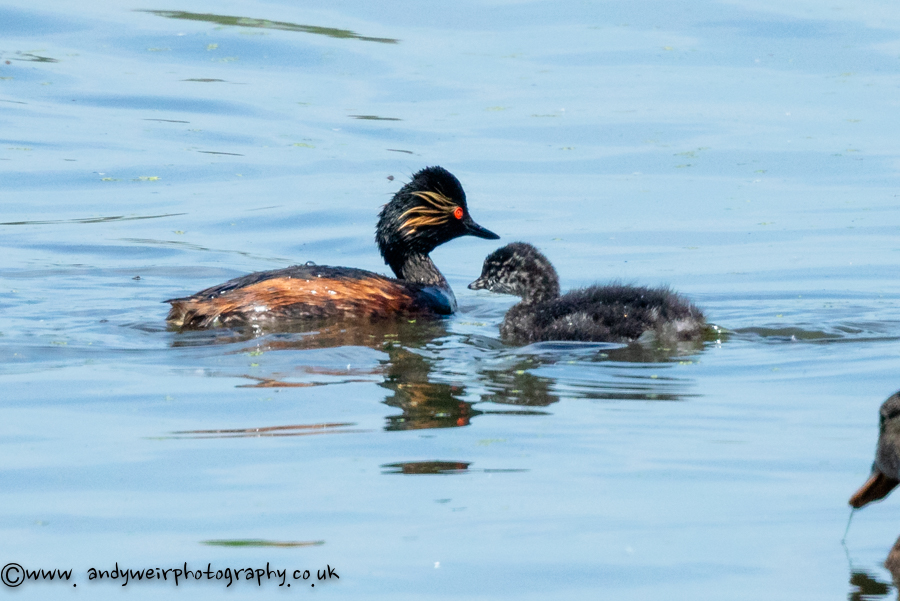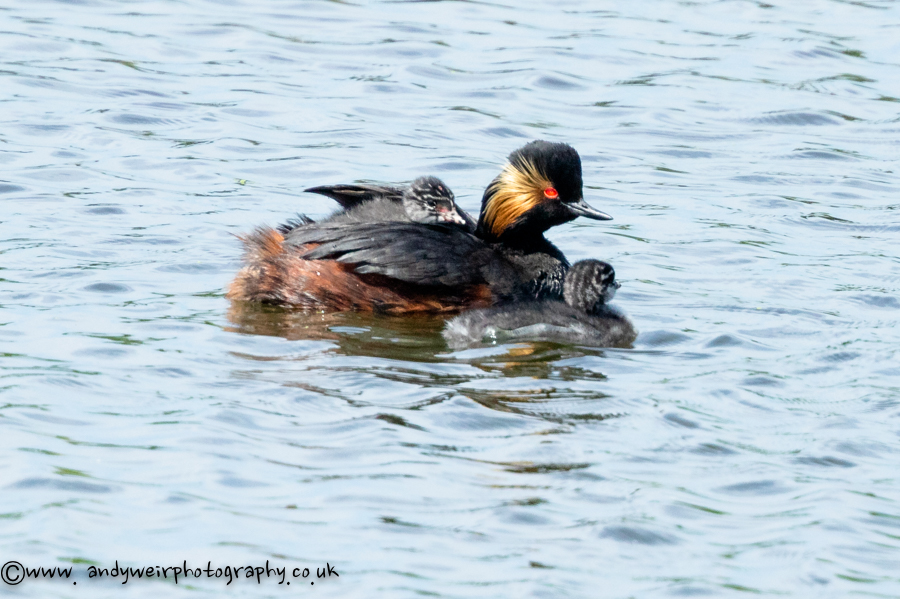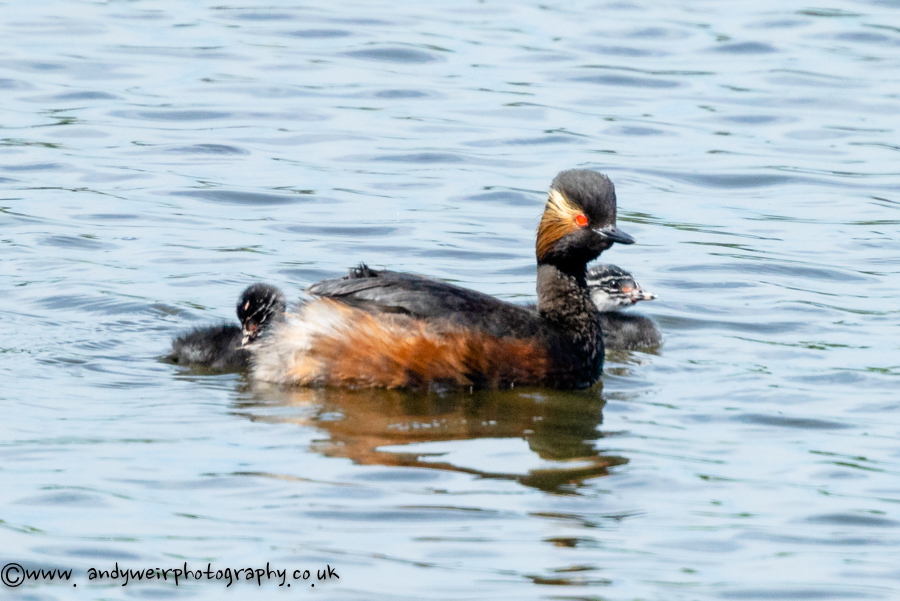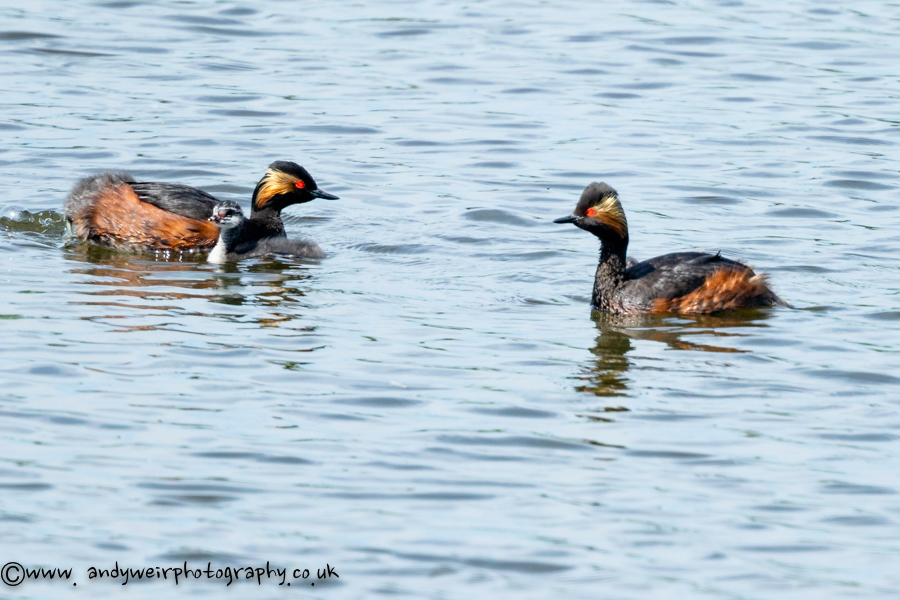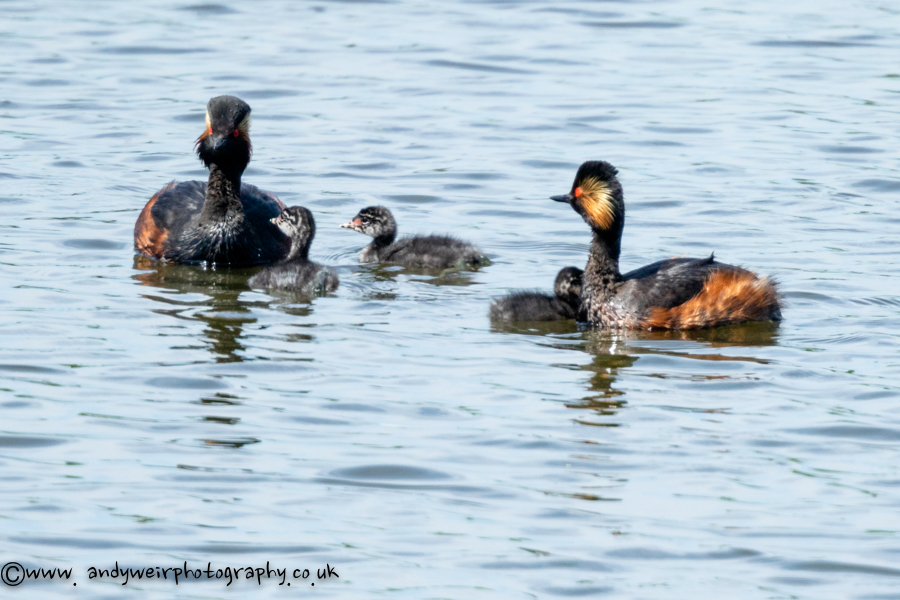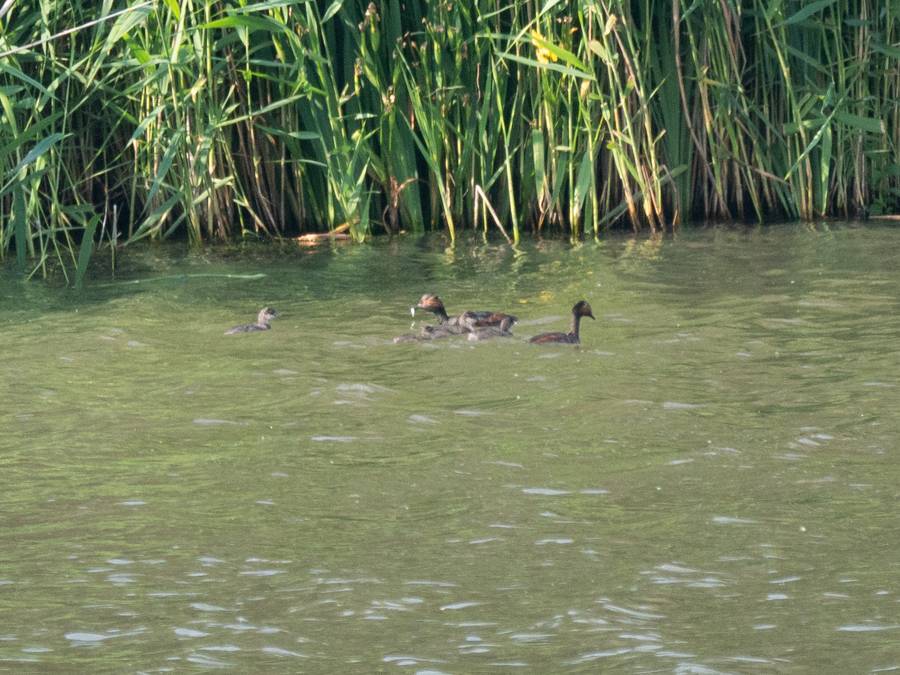Woolston Eyes Monthly Sightings
2018-06-27
From the Morgan Hide on No.3 bed there were still plenty of Black-necked Grebes to see, though most of the adults will soon be gone. Similarly, the Black-headed Gulls, after a very disappointing breeding season, are already leaving, with just a handful of juveniles to show for all their raucous effort. The moulting Gadwall flock is still impressive, with c.250 out on the water and no doubt many more in cover. This time of year sees the start of the southward wader passage which, though just a trickle at the moment (with just 50 Lapwings, 3 Black-tailed Godwits and a single Little Ringed Plover this afternoon) will soon, hopefully, build to a flood.
Cheers David Bowman
Submitted by: David Bowman
2018-06-23
Photo of an unidentified wasp sp. from this morning.
Cheers David
Submitted by: David Bowman
2018-06-23
Photo of an unidentified Spider sp. from the Morgan Hide this morning. Cheers David
Submitted by: David Bowman
2018-06-23
Photo of an unidentified Spider sp. from the Morgan Hide this morning.
Cheers David
Submitted by: David Bowman
2018-06-23
Today was largely about trying to confirm breeding for some of our scarcer species. We started with a 6.30 am breakfast in the Morgan Hide, where plenty of adult and well-grown young Black-necked Grebes were still around. Some of the adults have already moved off, although, from the behaviour we’ve seen, it looks like a pair or two might try for a second brood. Two broods of well-grown Pochard were still doing well and we’re hoping for quite a few more before the season is over. Our Little Ringed Plovers have done well, with two independent young in one area and a pair of adults behaving as if small young were nearby, while two more adults dropped onto the Morgan Hide scrape. The Peregrine pair under the Viaduct now has two free-flying young, which is pleasing, though we seem to have lost the breeding Kestrels from nearby. New territories for Lesser Whitethroat and Garden Warbler were located, on Nos.1 and 2 beds respectively. While we’ve been concerned that it mightn’t be a good breeding season for Willow Tits, it was reassuring that the Ringing Team on No.3 bed caught three juveniles this morning, along with 37 Blackcaps, and juveniles of Treecreeper, Nuthatch and Willow Warbler. Photo of a Chiffchaff from this morning Cheers David Bowman (with David Spencer, Alan Warford, Helen Wynn, Dave Steel, Sue Haddock, Brian Baird and Les Jones)
Submitted by: David Bowman
2018-06-21
A blustery day and cooler than of late. A new Mute Swan brood of 5 was on the river and three Gadwall broods ( 2 on the river and one on No.3 bed) were encouraging. 9 male Teal were on one of the islands in front of the John Morgan Hide. Butterflies of note including my first Small Skippers of the year and 5 Small Tortoiseshells by the river. Two Gatekeepers were found and David Bowman reported one from yesterday (20th), the earliest ever date for this species at Woolston. Two spikes of Bee Orchid were found on Butchersfield Tip.
Submitted by: Dave Hackett
2018-06-21
On a fresh morning with scudding clouds, I went onto No.3 bed at at 5.30 am for some birding prior to a 10.00 am meeting to agree the management work for the coming period. On the Morgan Hide scrape a single Redshank was feeding alongside 220 adult Black-headed Gulls and 12 young. The very low productivity of the gull colony this year is a matter of some concern, almost certainly due to predation. Black-necked Grebes prefer to nest in Black-headed Gull colonies, so keeping a healthy colony is vital. There were plenty of Black-necked Grebes out on the water, both adults and young, with one pair actively displaying, raising hopes of a second brood. As has been the case recently, aerial feeders were relatively scarce, with just 35 Swifts, 10 Swallows and 8 Sand Martins. Other sightings of note were: 1 KIngfisher, 1 Water Rail, 2 Willow Tits and 10 Bullfinches.
Photo of a Stock Dove
Cheers David Bowman
Submitted by: David Bowman
2018-06-20
A few young B N Grebes looking a good size and appear to be on their own now 2 male Pheasants in the small clearing in front of the Morgan hide, 1 Redshank and one Little Ringed Plover spent about half an hour in front of the Morgan hide
Submitted by: Keith Gallie
2018-06-19
Another interesting morning, on No.3 bed, again with the odd wader starting to move through. Today it was a couple of Redshanks, a Little Ringed Plover and two Oystercatchers. Out on the water 13 adult Black-necked Grebes were with 14 juveniles. It’s been a good breeding season with an excellent juvenile survival rate (so far) and high productivity. Twenty adults (ten pairs) have produced a minimum of 16 young and it looks like one or two pairs might be trying for second broods. If the weather holds they’ve enough time to succeed.
Photo of a Redshank
Cheers David Bowman (with Brian Martin)
Submitted by: David Bowman
2018-06-18
A pleasant morning on No.3 bed, with a few waders moving through, warblers everywhere and some good dragonfly and butterfly counts. Early on, three Little Ringed Plovers were on the Morgan Hide scrape, while a Curlew and two Oystercatchers flew through. Five Brown Hawkers and a Southern Hawker were good sightings among the hundreds of damselflies around the perimeter of the bed and a single Meadow Brown was picked out among the numerous Speckled Wood butterflies.
Photo of a Reed Warbler
Cheers David Bowman
Submitted by: David Bowman
2018-06-17
A survey of wildfowl on the Loop of No.4 bed this morning produced 59 Gadwall, 10 Coot broods, 2 Pochard broods of 5 and 3, and single broods of Little Grebe, Mallard and Canada Goose. On the Sandpit Ponds were 2 Moorhen and one Coot broods.
Submitted by: Dave Hackett
2018-06-15
A nice few hours on number 3 bed today mostly spent in Morgan hide with Brian Martin, and a big thanks to him for letting me view the Black Necked grebes feeding 2 almost full sized young through his scope was amazing, further out across the water he pointed out to me a B N G on a nest and there was 7 adults and 2 young within the same view on his scope, (how good is that)
Keith Gallie
Submitted by: Keith Gallie
2018-06-12
A survey of the northern section of No.1 bed on Sunday 10th June produced 46 Common Blue butterflies and 37 Meadow Browns. Reserve totals for these species were 63 and 58 respectively, both excellent counts for the first half of June. Other butterflies included 15 Speckled Woods and 4 Large Skippers.
Submitted by: Dave Hackett
2018-06-12
A survey of the northern section of No.1 bed on Sunday 10th June produced 46 Common Blue butterflies and 37 Meadow Browns. Reserve totals for these species were 63 and 58 respectively, both excellent counts for the first half of June. Other butterflies included 15 Speckled Woods and 4 Large Skippers.
Submitted by: Dave Hackett
2018-06-13
With a busy day ahead of me, I was up and out on No.3 bed by 5.30 am. I arrived in the Morgan Hide to the spectacle of 320 Gadwall roosting on the scrape, alongside two Little Ringed Plovers and 53 Coot. Out on the water Black-necked Grebes were everywhere, including a pair with a large young which were clearly intent on trying for a second brood, due to the frequency with which they were mating. Overhead, 35 Swifts and the odd Swallow and Sand Martin were feeding but the morning’s highlight was the three Avocets which dropped onto the scrape and were still feeding there when I left at 10.00 pm. It has been our best ever year for this attractive wader and it would be good to have them as a breeding species in the future.
Photo of one of the Avocets
Cheers David (with David Spencer, Bert Lloyd and John Verdon)
Submitted by: David Bowman
2018-06-08
Great Crested Grebe (Podiceps cristatus) from the John Morgan hide
Submitted by: Andy Weir
2018-06-08
Great Crested Grebe (Podiceps cristatus) from the John Morgan hide
Submitted by: Andy Weir
2018-06-08
Great Crested Grebe (Podiceps cristatus) from the John Morgan hide
Submitted by: Andy Weir
2018-06-08
Lots of dragonflies and damselflies have been active in the sunny weather including Broad-bodied and Four-spotted Chasers,as well as Black-tailed Skimmers,Emperor Dragonflies and Banded Demoiselles.
Photo of a Four-spotted Chaser
Submitted by: Brian Baird
2018-06-06
The first Large Skipper and Meadow Browns were found today, a particularly early date for the latter species. The summer build up of Gadwall is underway and 186 were present on No.3 bed on Monday evening (4th June)
Submitted by: Dave Hackett
2018-06-07
After nearly three weeks away, it was nice to make a 5.30 am start on No.3 bed this morning. Some good sightings too, with a female Cuckoo giving her bubbling call early on and a juvenile Little Ringed Plover joining two Oystercatchers in front of the Morgan Hide. The current count of 18 adult and 17 juvenile Black-necked Grebes is pointing to an excellent breeding season for the species, no doubt aided by the good weather and with time yet for more broods. Plenty of dragonflies, too, with three male Black-tailed Skimmers and six Red-eyed Damselflies the pick of the bunch.
Photo of one of the Red-eyed Damselflies
Cheers David Bowman
Submitted by: David Bowman
2018-06-05
Black-necked Grebe (podiceps nigricollis) from the John Morgan Hide
Submitted by: Andy Weir
2018-06-04
An interesting sighting this afternoon from the Tower Hide of 2 adult Black-necked Grebes actively feeding four juveniles. It is unlikely that this is a single brood but rather a small creche. Black-necked Grebes are known to form creches but the behaviour has not been observed at Woolston before. Possibly the large number of juveniles present and what seems like a plentiful food supply has prompted this behaviour.
Submitted by: David Spencer
2018-06-03
Morning visit to Loop of No.4 bed. No sign of the drake Garganey which had been reported several times including earlier this week.Also, could not relocate the Pochard brood that has been reported. However,12 adult Pochard present(7 drakes). two broods of Little Grebes and 3 broods of Mallard - 4,5, and 8 yng all large.Highlight was 8 broods of Coot,3 of 3 young,1 of 4 yng, 1 of 5 young ,1 of 6 young,1 of 2 young and 1 of 1 young. Pair of Canada Geese with 2 goslings ca. 10 days old while 23 Canadas flew low to the west. A Mute Swan and 2 Herons. On the centre path a total of 10 singing Whitethroats while by the second barrier the male Lesser Whitethroat still singing non stop with a Garden Warbler nearby. A female Broad bodied Chaser and a single Common Blue butterfly also along centre path.
Submitted by: Brian Martin
2018-06-02
An excellent morning on No.3 bed with several Saturday morning regulars. The Black-necked Grebes were undoubtedly one of the highlights with adults and young seemingly everywhere. Undoubtedly the long period of Warm,dry weather has helped and an abundant supply of food.It is believed that nine broods at least are on the bed with a minimum of 18 adults and 17 young. Not all the known broods were seen to day but the young vary from very small to large enough to be soon independent.It has to be the best breeding season for several years with 3 broods of 3 young, a brood size only rarely seen at Woolston. Also seen was a short appearance of a Common Tern,an hour long stay of 2 Avocets, a Redshank and a rufous coloured Cuckoo,either a female or a newly fledged young. Gadwall numbers continue to build with 152 on No.3 bed alone.Two broods of Pochard seen one of 4 growing young and the brood of 8 observed a few days ago. Over 20 adult Pochard are on No.3. A new Mallard brood of 9 young was in front of the Rotaty Hide. On the debit side the low numbers of adult Black-headed Gulls is worrying and very few juveniles are present. The reason for this is not clear.There were about six broods of Coot including one of 6 small young from the Linley hide and a brood of 3 Moorhens at the south pool. A single Greylag Goose chick is the only survivor of earlier broods.
Submitted by: Brian Martin


